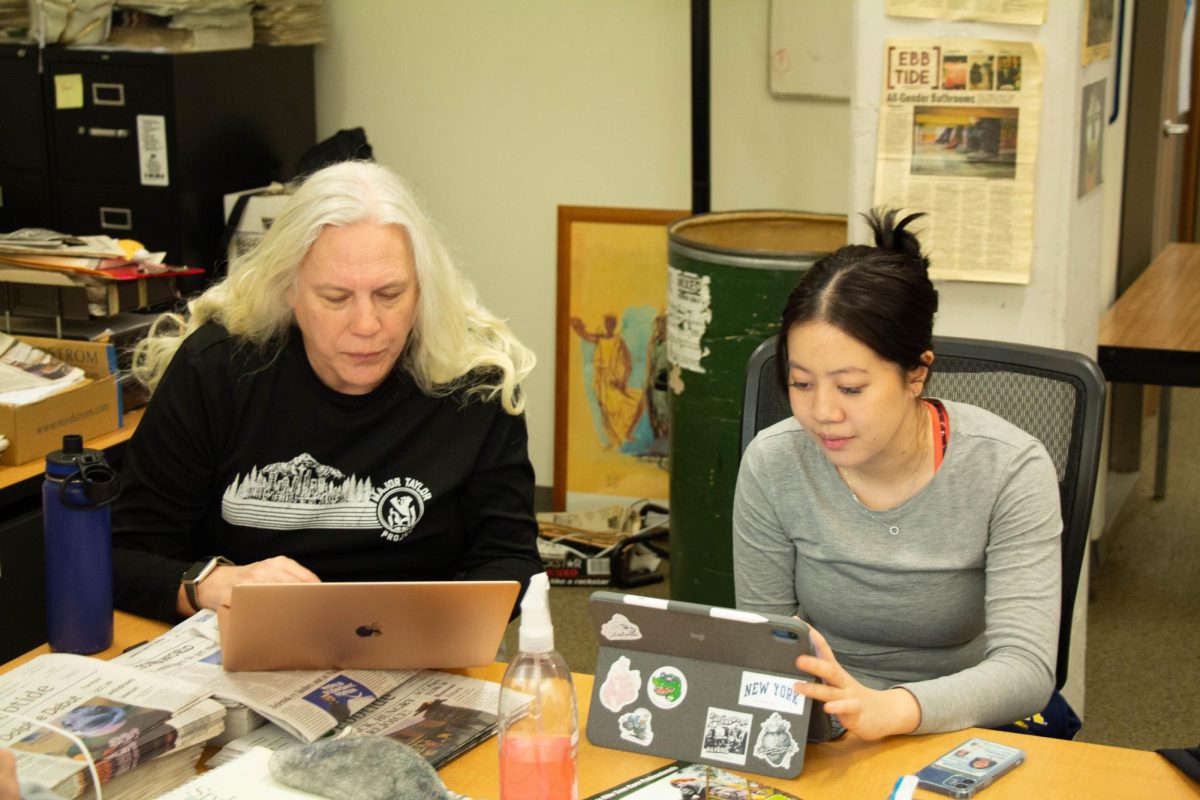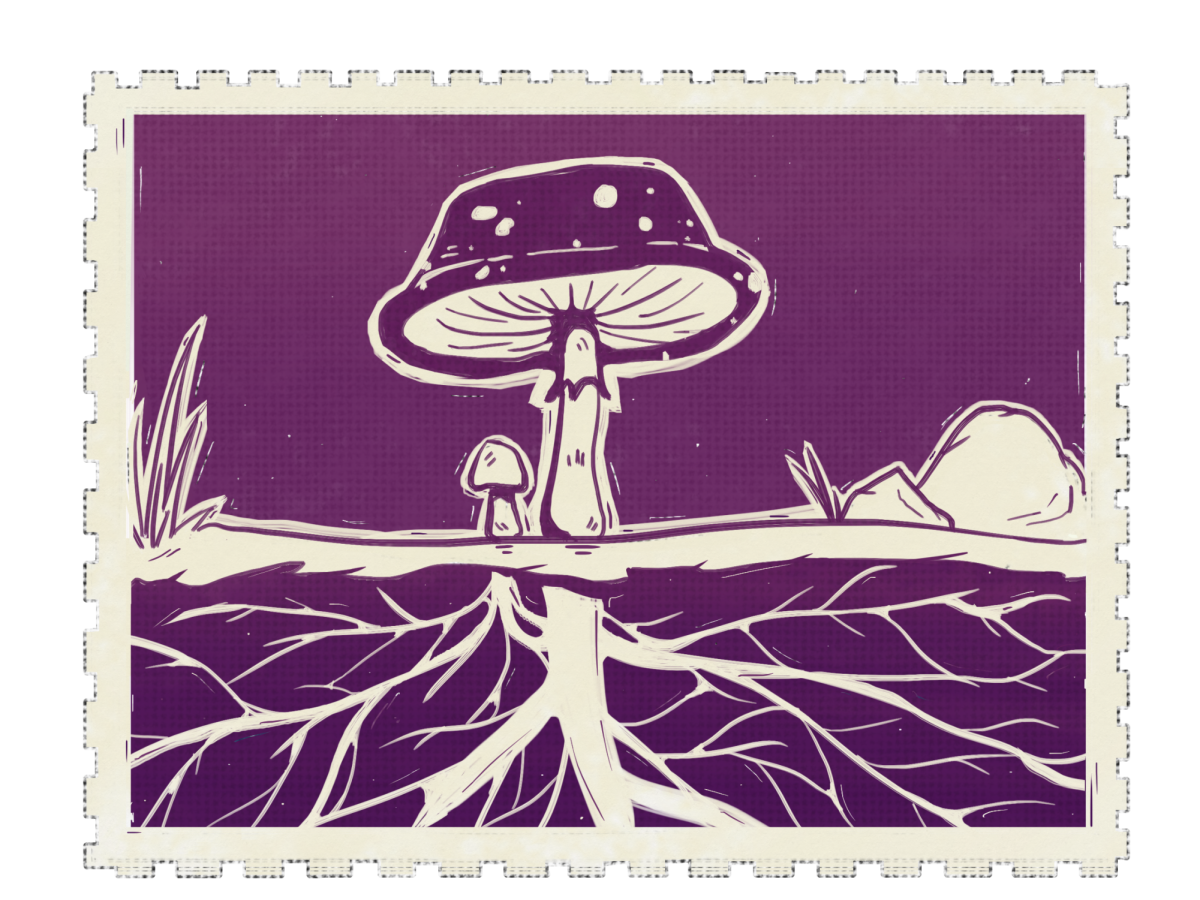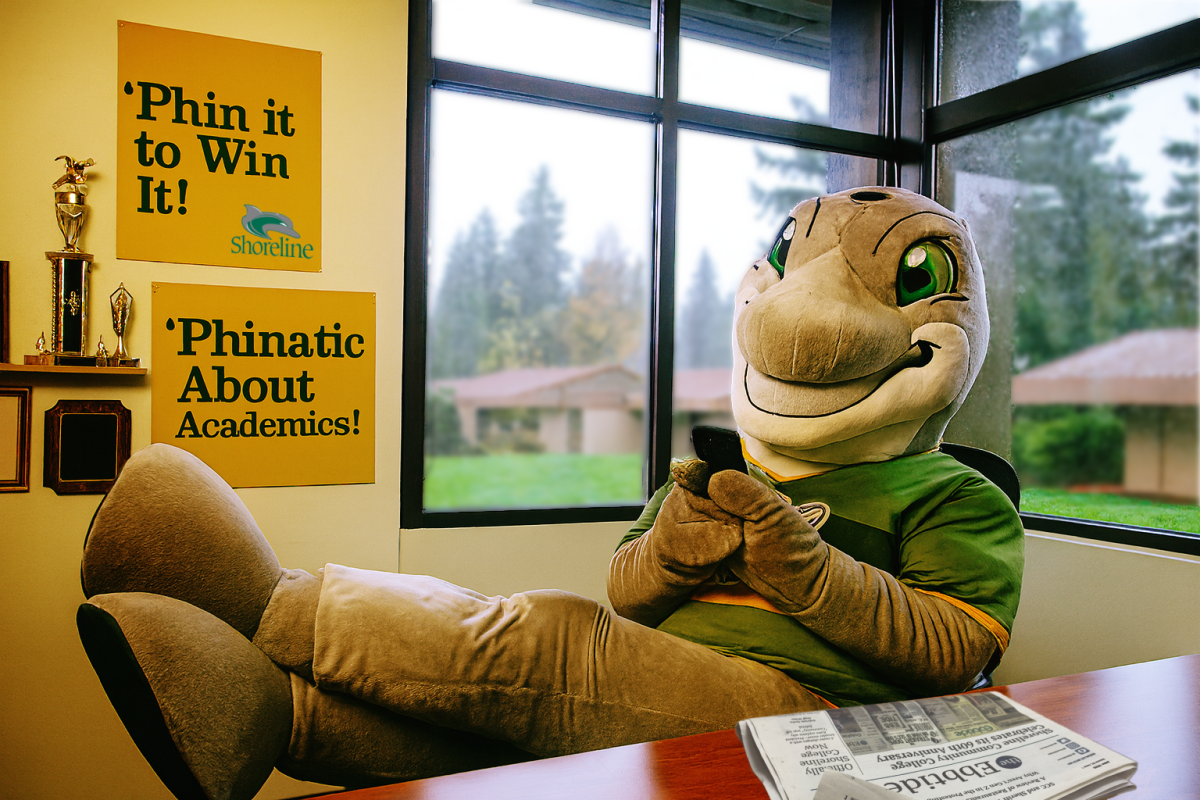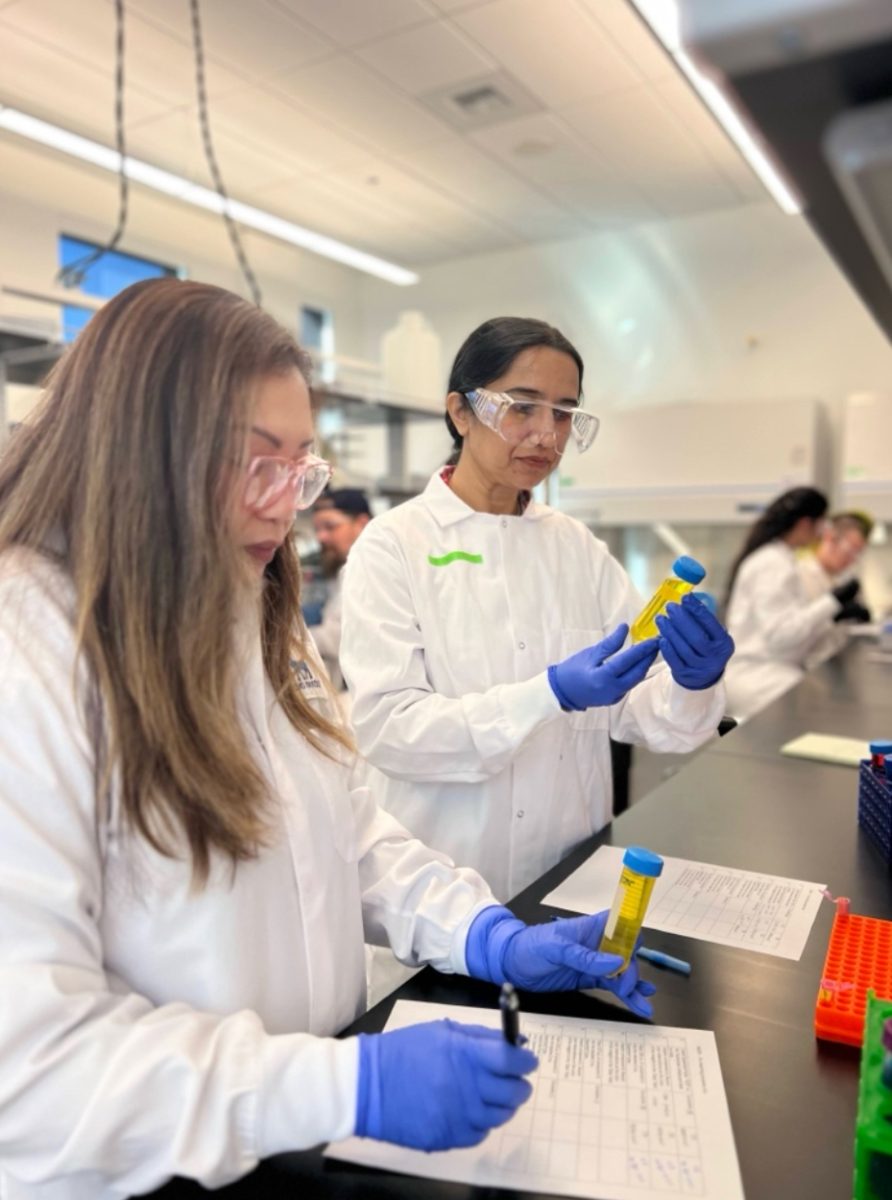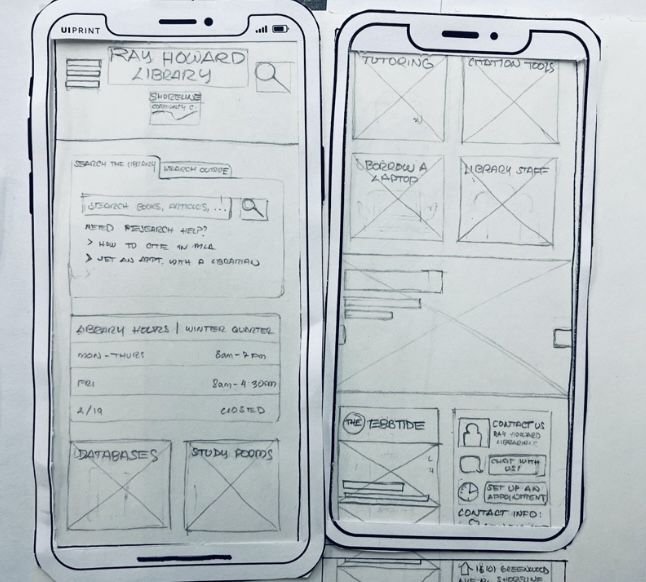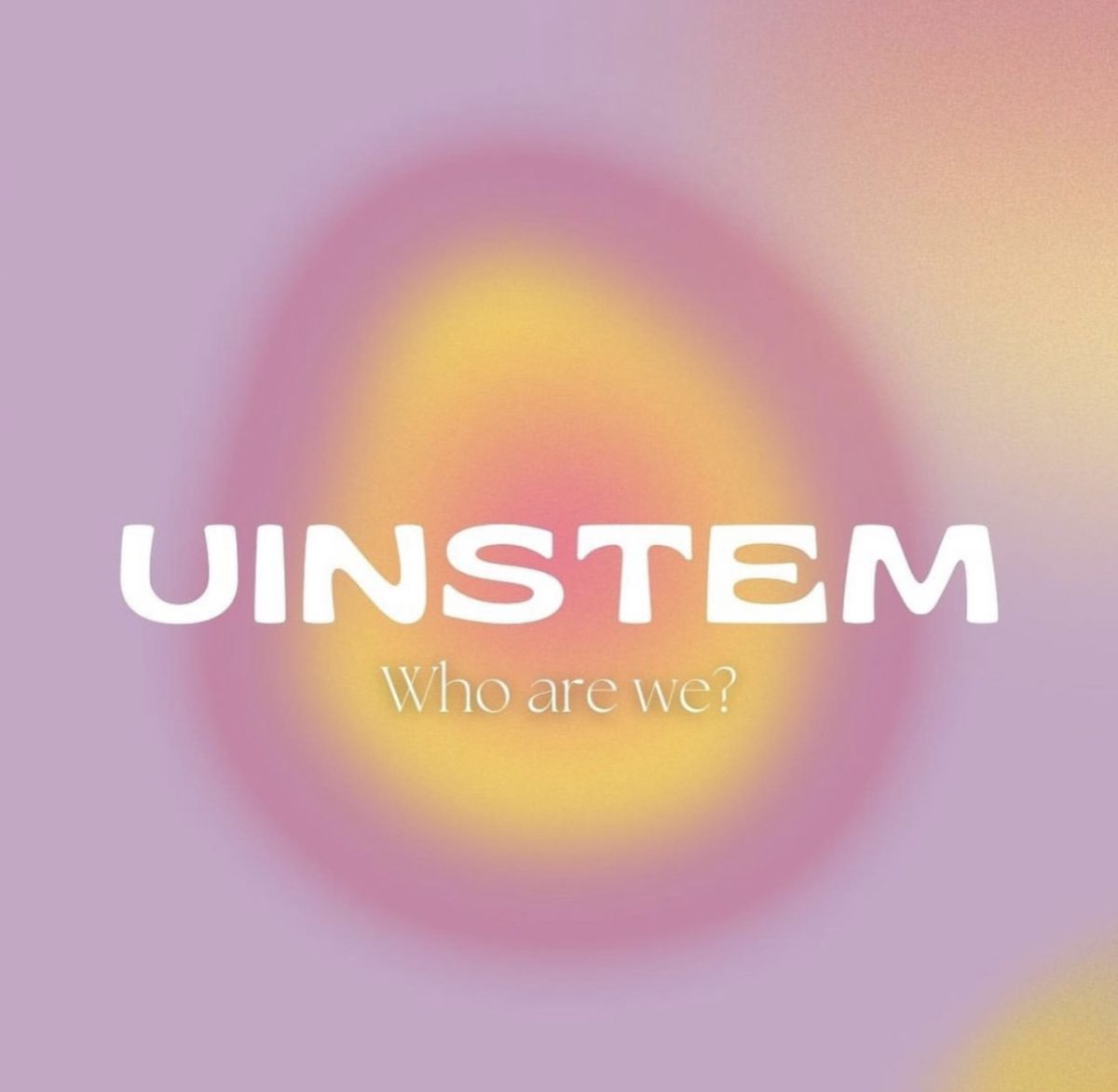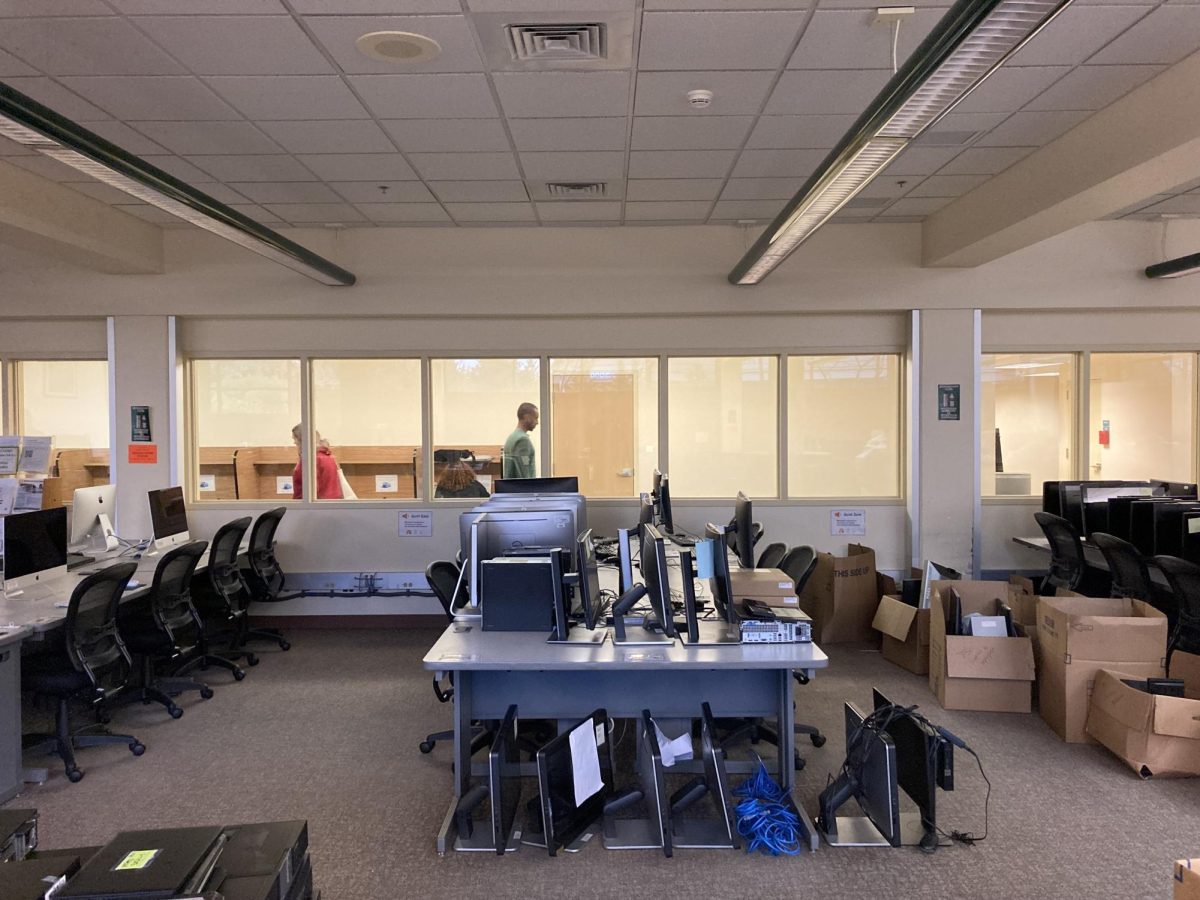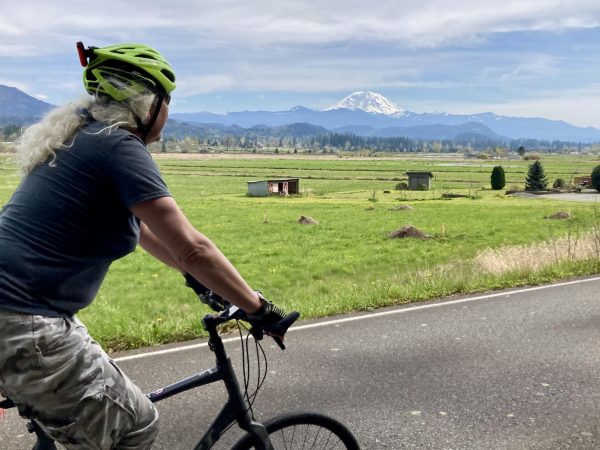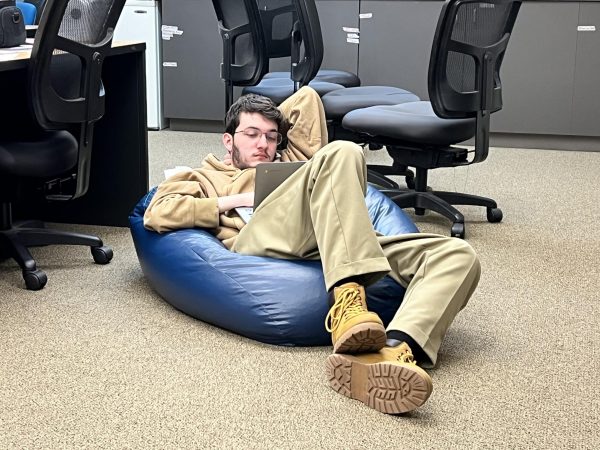We use generative AI in a variety of ways here at The Ebbtide.
Let us share with you our philosophy, as well as the specific tools we are using. Working with faculty advisor Professor Jim Davis, we plan to use generative AI systems as tools much the same way we would use Microsoft Word’s built-in spelling or grammar checker, or the AP Stylebook plugin.
To test that theory, we have created a GPT called AP Style Editor, a custom version of ChatGPT, that is prompted to use the Purdue Online Writing Lab AP Style Guide to process our stories and provide suggested edits. It is a rough prototype, but it has already proved useful in our copyediting process. We hope you notice the difference in improved writing quality throughout.
We try to be transparent with writers about any edits we make to their work and where generative AI is concerned, we seek to maintain that value by offering them access to the output that informed any edits we made to their work. We think this offers two benefits: it makes our process transparent and auditable, and it offers our peers a co-learning opportunity. We have found that, as in our other classes, where we are put together in groups to solve problems together, our learning outcomes are enhanced.
It is not an automated process, but an interactive process where each edit is verified by a student journalist, carefully considered and then applied, if appropriate, to the story. Sometimes, as should be expected from these early technology previews, the suggestions are not appropriate or contain misunderstandings generated by the models. This is similar to how writers complain about old-fashioned grammar checker suggestions that are occasionally useful, but often generate inappropriate suggestions. They can easily be evaluated and applied or disregarded.
We also hope to find ways to use generative AI to build engagement with the newspaper. Ideally, every SCC community member would eagerly turn to The Ebbtide the day it was published. Instead, like other news gathering organizations, we struggle to build our readership due to intense competition from social media. We want to bring in more readers, so they can benefit from the outstanding work of our student journalists, and if generative AI can help us do that, we want to explore implementations.
Ideally, student journalists would come pouring through the doors at the beginning of each quarter. Even if we were overwhelmed, we would still have a duty to reach out and connect with other students who may need encouragement. We feel that bridging the gaps between affinity groups, cliques, and even rivals requires us to constantly be exploring new ways to connect, rather than divide.
Lastly, some individual writers have workflows that include generative AI systems for brainstorming.
We do not currently mark articles that may have been informed by these generative AI processes, and we would like to hear from you if you think that would be of value.
An ethical tradition: upgraded
Our professor made clear that generative AI must be used as a convenience or for accessibility, not as a way of avoiding schoolwork or taking shortcuts. Since these generative AI models have a tendency to produce unreliable output, it is of utmost importance to prevent these tendencies to creep into our work.
With the Washington State Office of the Superintendent of Public Instruction directing K-12 teachers to offer generative AI instruction to students, “AI policy and use should be geared to improving learning for every student, empowering teachers, and strengthening learning management systems. It is important that policies also consider student safety and well-being, and provide access to educational tools for all students.”
This means high school graduates in Washington State will soon be matriculating into SCC with AI skills ready to get to work, and we want to be ready to hand them the tools they expect to use to be successful. We agree with the OSPI guidelines to create a “human-centered AI learning environment,” to “empower students to actively shape their learning experience with AI,” and to “comply with student/personal privacy and data protection laws.”
We must be realistic and expect that we will make errors and some of them may make their way into the newspaper. We understand that the possibility of a mistake making its rounds on social media could be embarrassing, but in a learning environment mistakes must be acceptable. For without the ability to make mistakes and then to learn from them, learning cannot happen; and we will generate a climate of fear and distrust far more detrimental to the learning environment than letting slip a “hallucination” by a piece of computer software.
A tradition of errors and corrections
Journalists are the first to admit to error and to learn from it because we have formalized systems for how to deal with them, “Correct the error, don’t repeat the error,” says Prof. Davis. For all the distrust of journalists from all shades of the political spectrum, there is a lot that could be learned from this profession.
In a world of Tik Tok, Instagram Stories, and YouTube Shorts, a course in written journalism must seem like a communications course on the benefits of the hand-cranked printing presses or a telecommunications class on the merits of tin cans connected by a piece of string. Instead, Prof. Davis’s course this semester on News Writing taught us to deconstruct news articles to see how they function, how the parts work together to tell a story. Not only that, he taught us how to identify the human stories all around us, and how to gather the information necessary to relate those human stories to a wider audience. All of it is valid and important: even more so today.
Journalism ethics and the investigative process don’t become less important in a market saturated with attention-seeking 15-second video clips, they become more important than ever. The march of technological progress goes on, but the values and ethical systems that led to the impeachment of corrupt presidents, uncovering malfeasance in corporate boardrooms and in civic chambers, our value system spurred us to at least attempt — sometimes succeeding, often falling short — to heal the wounds of communities that were devastated in the wake of school shootings, over-policing, and environmental destruction.
The Ebbtide, since 1965, is foremost a learning environment and a school social club. We strive to have a welcoming and open environment, that encourages the SCC community to bring their curiosity and passion for unveiling stubborn truths. You have a home here.
Our door is always open, and we encourage you to come in and join us, on Monday afternoons from 2:30 to 4:20 p.m. when The Ebbtide club meets in PUB 9101.
Looking back and an invitation to write the future
It’s been quite a quarter here at The Ebbtide.
We’ve brought you stories about issues that deeply affect our diverse domestic and international community, from the Rally for Missing and Murdered Indigenous Women, to the physics professor who abandoned his students to solve the mysteries of matter and energy on their own for most of the quarter, to the recent mysterious departing of our honored athletic director.
We hope you’ll share our work with your friends and families, talk about it in your classes, and consider becoming part of the conversation either through our comments section, our Instagram account, or by writing a letter to the editors.
We want to hear from you. If you feel your voice doesn’t have sufficient volume, or has been silenced, let us be your ally in amplifying it.
Looking forward to meeting you in spring quarter. You know where to find us.
The Editors


